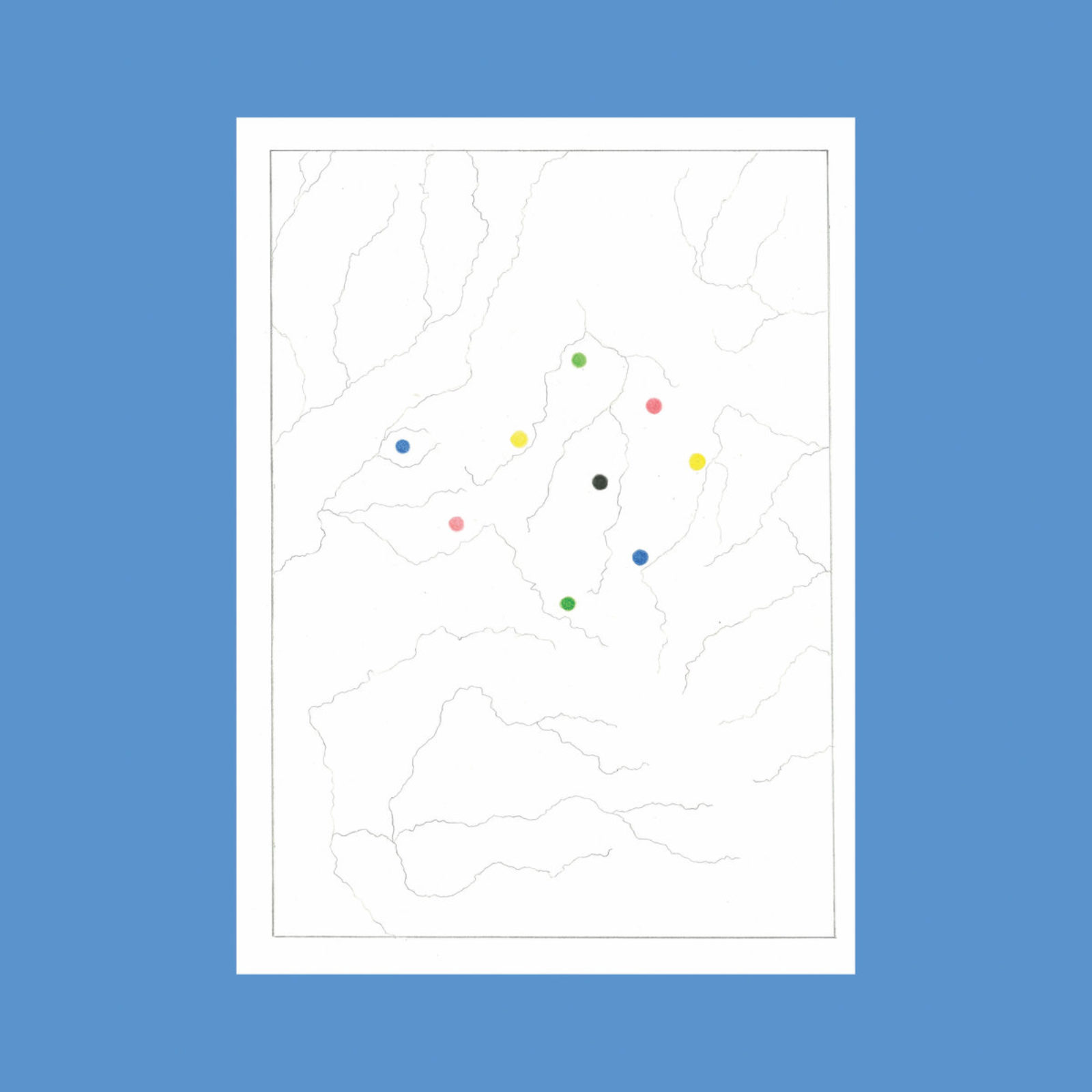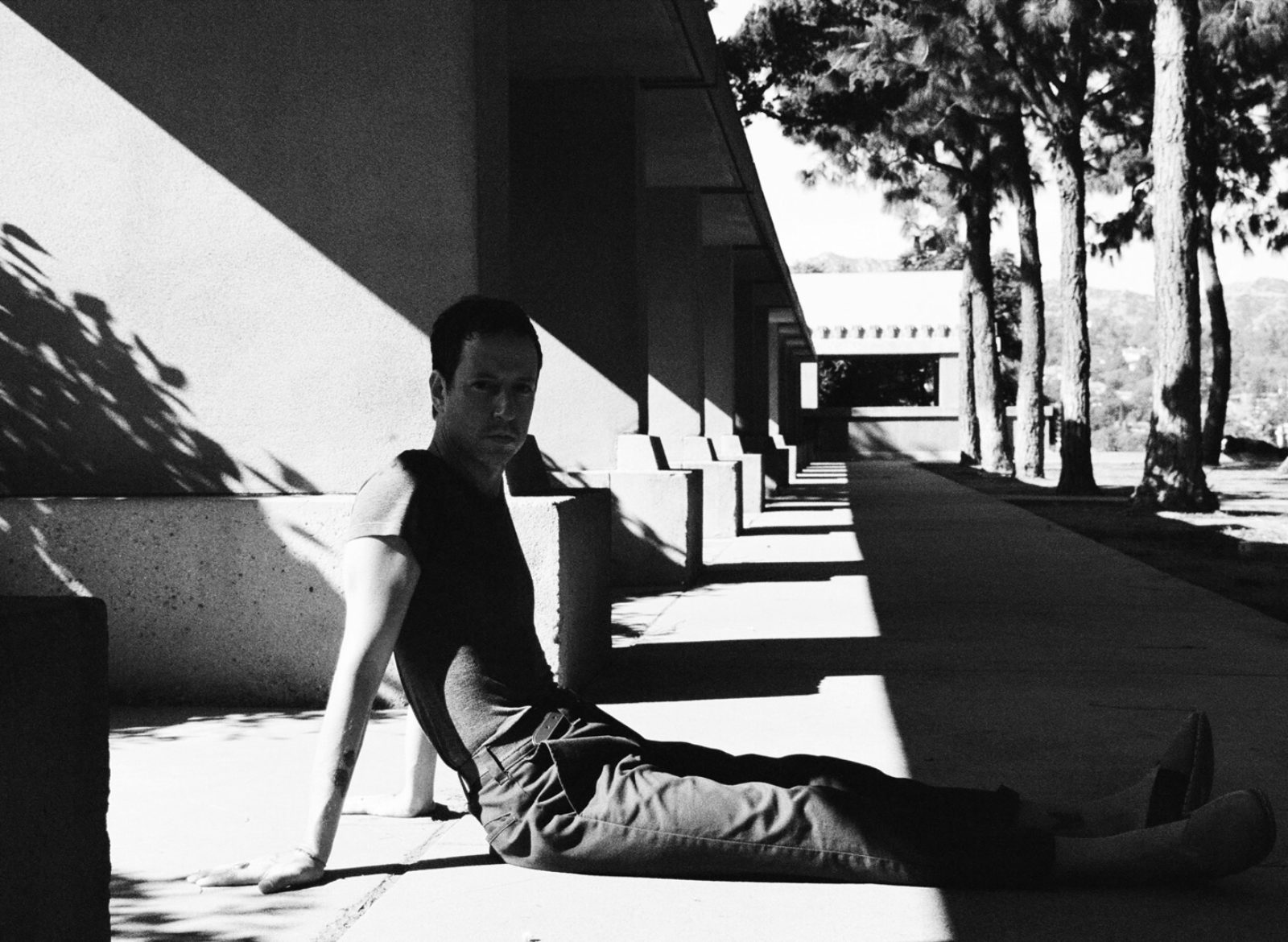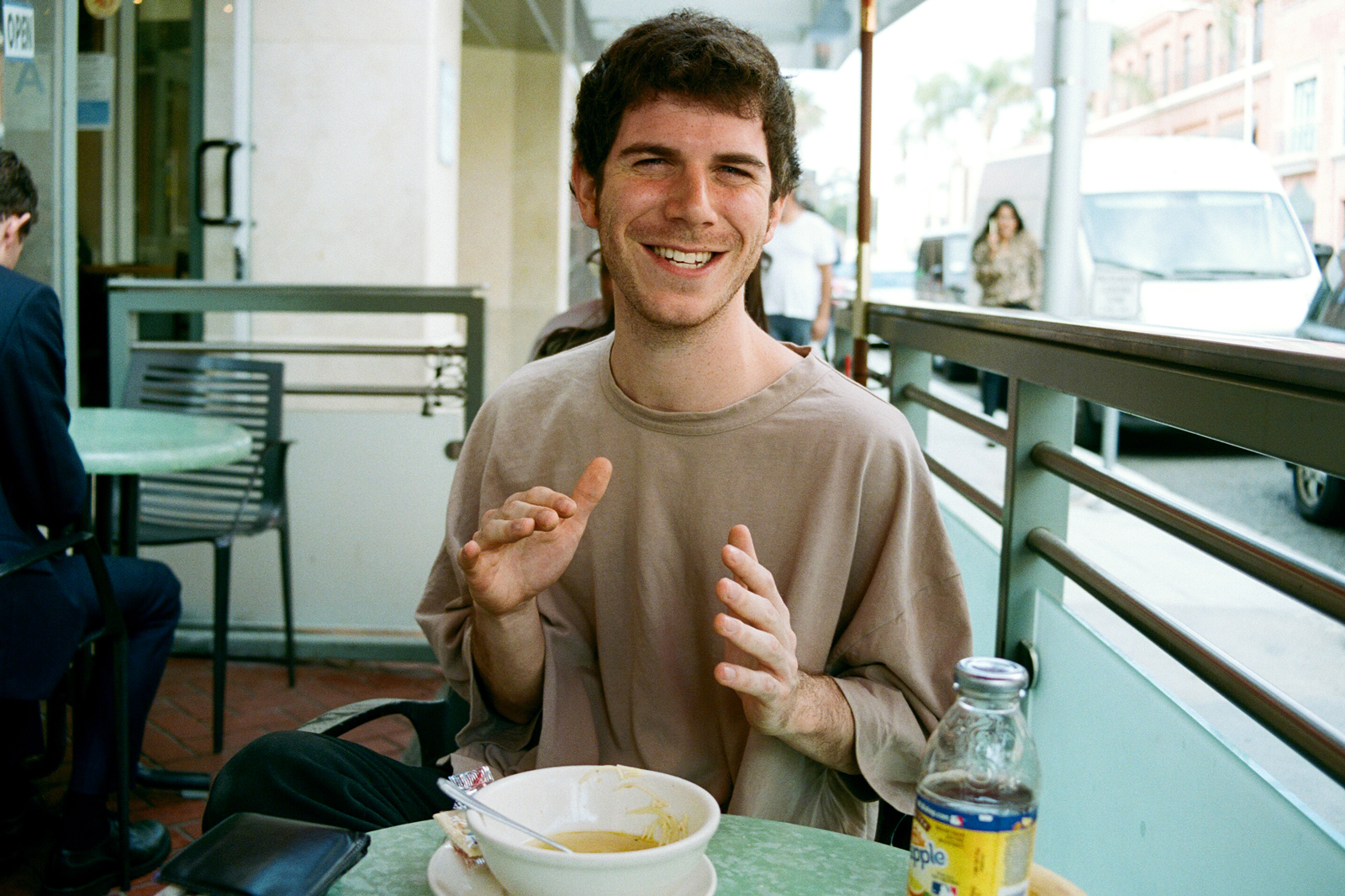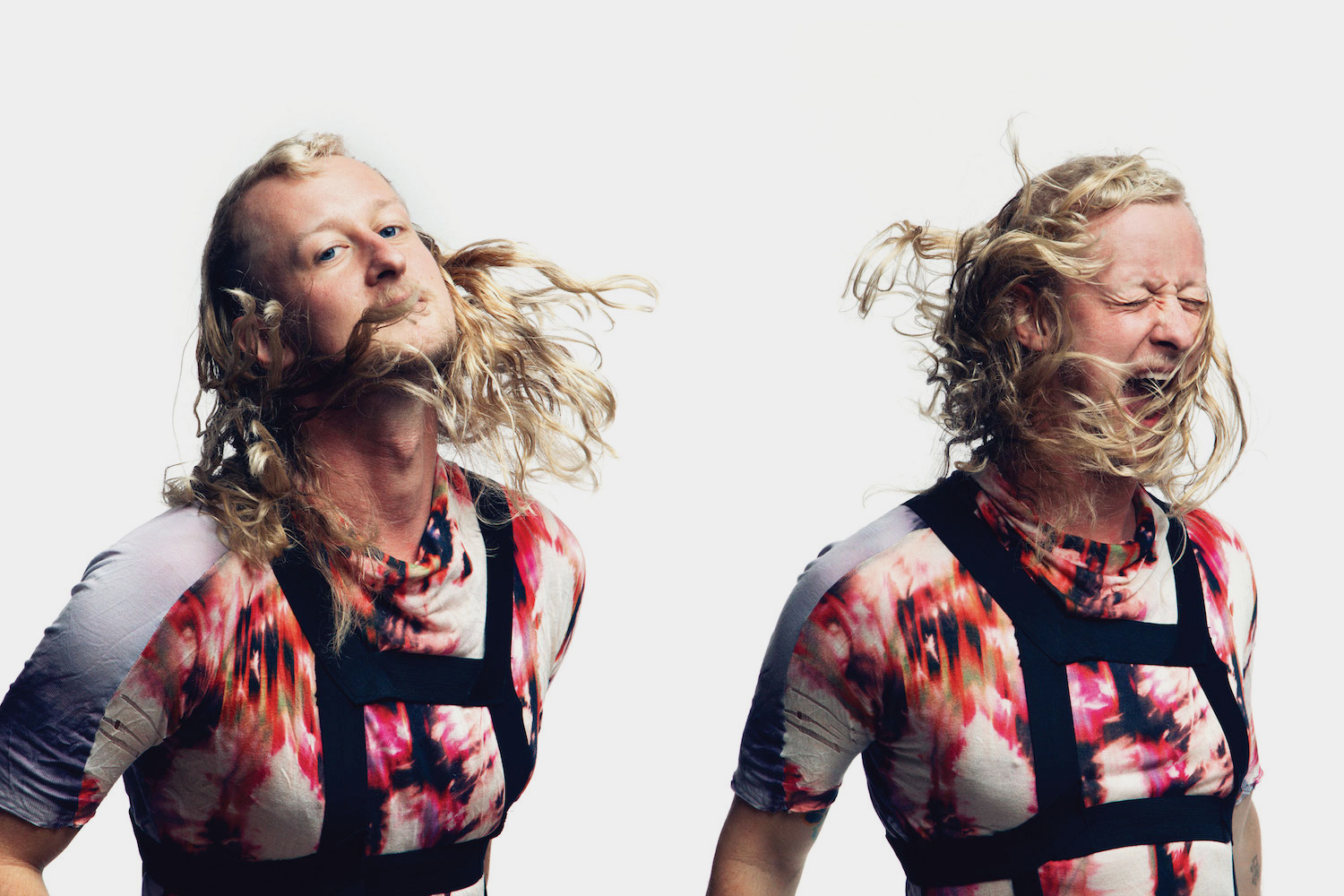Text & Interview: Alec Coiro
Photo: Todd Weaver
Josiah Steinbrick is a producer, adept at many instruments, and generally an artist for whom the world music seems to be a comfortable second home. He has recorded with and produced for a variety of artists ranging from Devendra Banhart to Charlotte Gainsbourg.
In 2014 he set out to create his own music with his ensemble BANANA. He is now following that project up with an even more unique venture, Meeting of Waters. On this latest album, the BANANA ensemble is replaced by Steinbrick’s multitracking his own instrumentation, making it a fully solo project — although it should be noted that Steinbrick takes care to give credit to Cate Le Bon and Samur Khouja for their help.
Obviously, I’m not privy to your record collection (dear reader), but I’ll bet that there’s nothing in it quite like “Meeting of the Waters.” Part of the reason for this is the wild collection of instruments Steinbrick uses, many of which I was heretofore completely unaware of. But the album by no means delights in obscurity; it seems most concerned with creating the most interesting exploration of rhythms possible. The question of where this music comes from is a difficult one, even for the composer; a more pertinent question might be where does it transport you to?
The music on Meeting of Waters involves percussion instruments to a large degree, more so than your previous work. What was behind this decision? Was your intention to create an album that explored ideas surrounding percussion?
I started creating percussion/pattern based music with my ensemble BANANA in 2014 after receiving a Vibraphone from a friend who had just moved to the United Kingdom. All based on themes I had been working with on piano for years without really thinking too much about where it was intended to go. Any previous work I had done was either collaborative or serving as producer/multi-instrumentalist. Meeting of Waters was just an extension of what I was composing for BANANA with the main separation being that I was performing everything. Both were my first forays into solo composition. Honestly, I was a bit unaware how different they came across thematically until my record label pointed it out. In my head, it’s all the same.
Are you a trained composer or self-taught?
I have zero training in the classical sense but that doesn’t mean I haven’t endlessly studied the music of others. I left home early and spent my teens playing 6-8 hours a day. Super focused. I’ve been really lucky to know folks along the way that have inspired me directly. 17, 22, 26, 30 – I met people at all those ages that drastically changed the way I perceived music as a performer and a listener. So even calling it self-taught is pretty unfair to anyone else I’ve learned from. Certain elements of percussion arranging and performance would probably be the only area where I truly had minor context or approached it from a more spiritual and primitive headspace. Even when you free your mind with most western instruments you are relatively locked into a structure set by someone else. Not that people haven’t bent them into truly otherworldly zones.
What was the recording process like on this album? Did you play all the instruments and multitrack them?
Pretty much. 6 days straight in a large concrete box with my dear friends Cate Le Bon and Samur Khouja helping in a way that only they could.
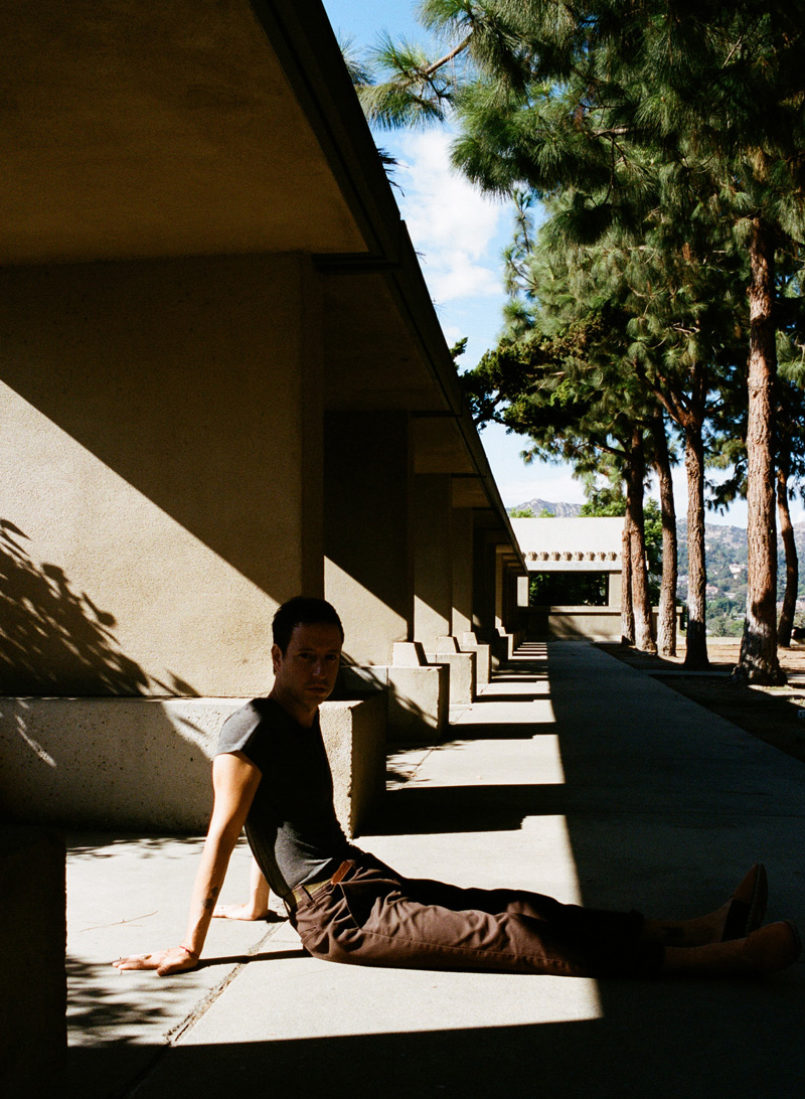
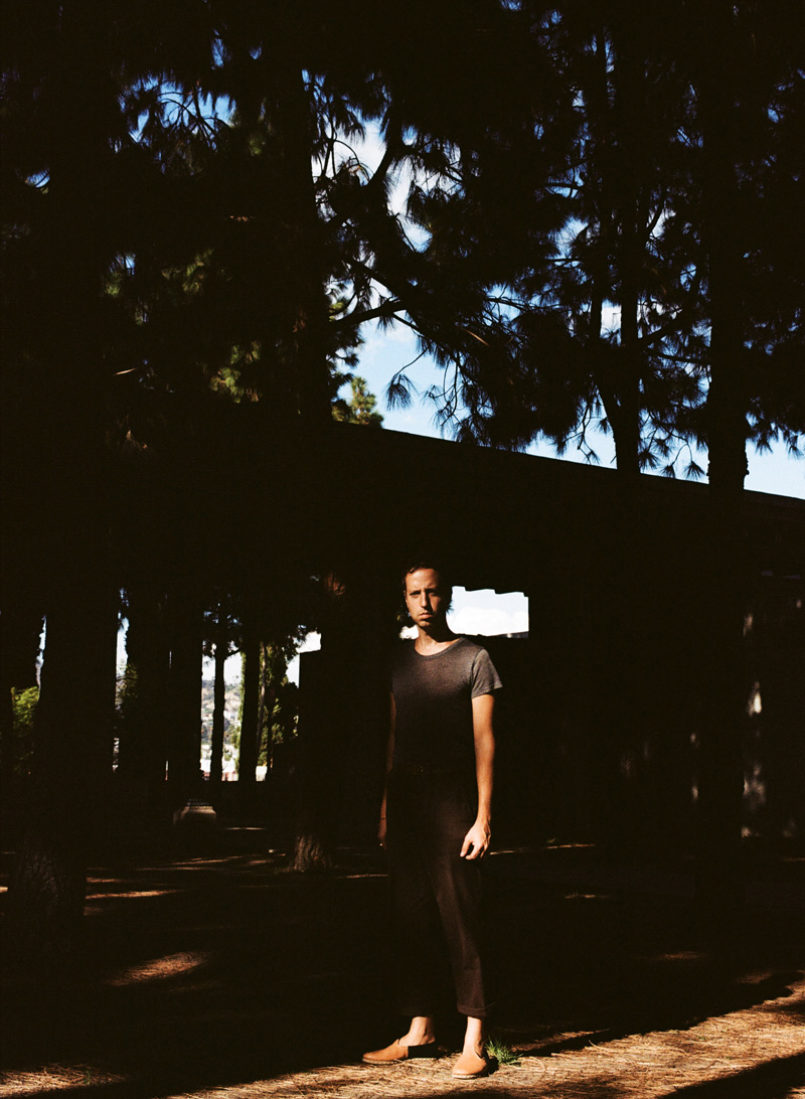
Even when you free your mind with most western instruments you are relatively locked into a structure set by someone else. Not that people haven't bent them into truly otherworldly zones.
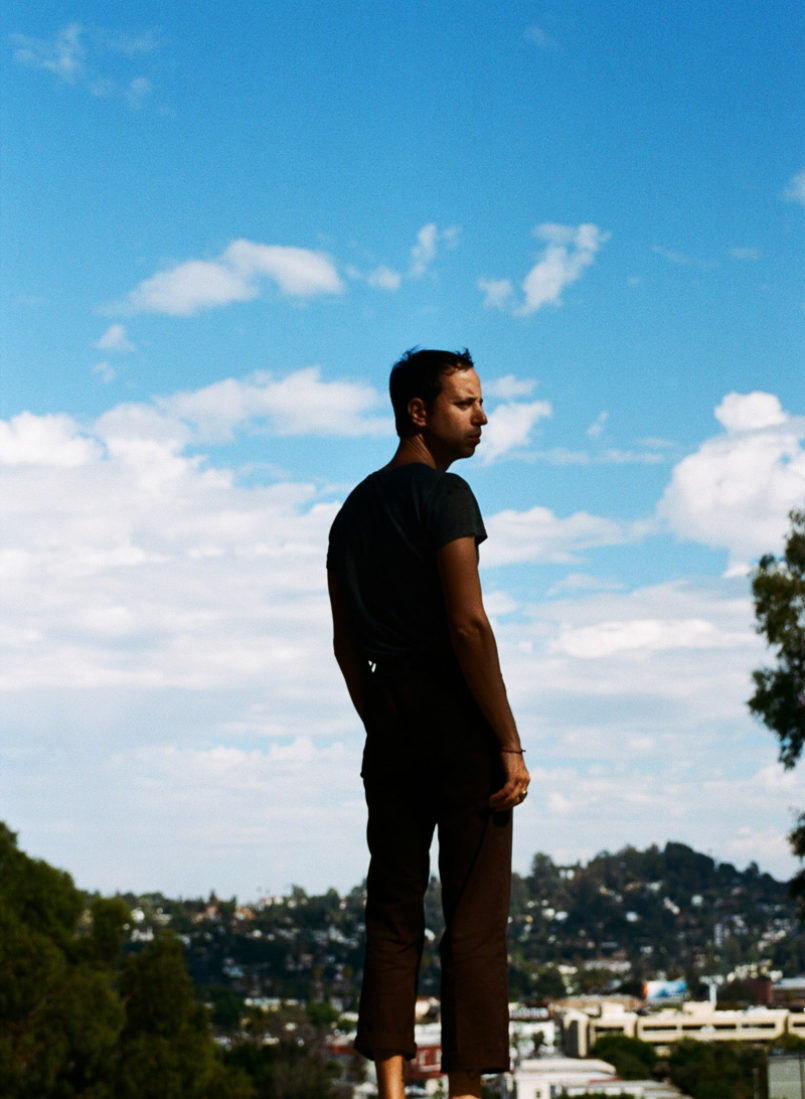
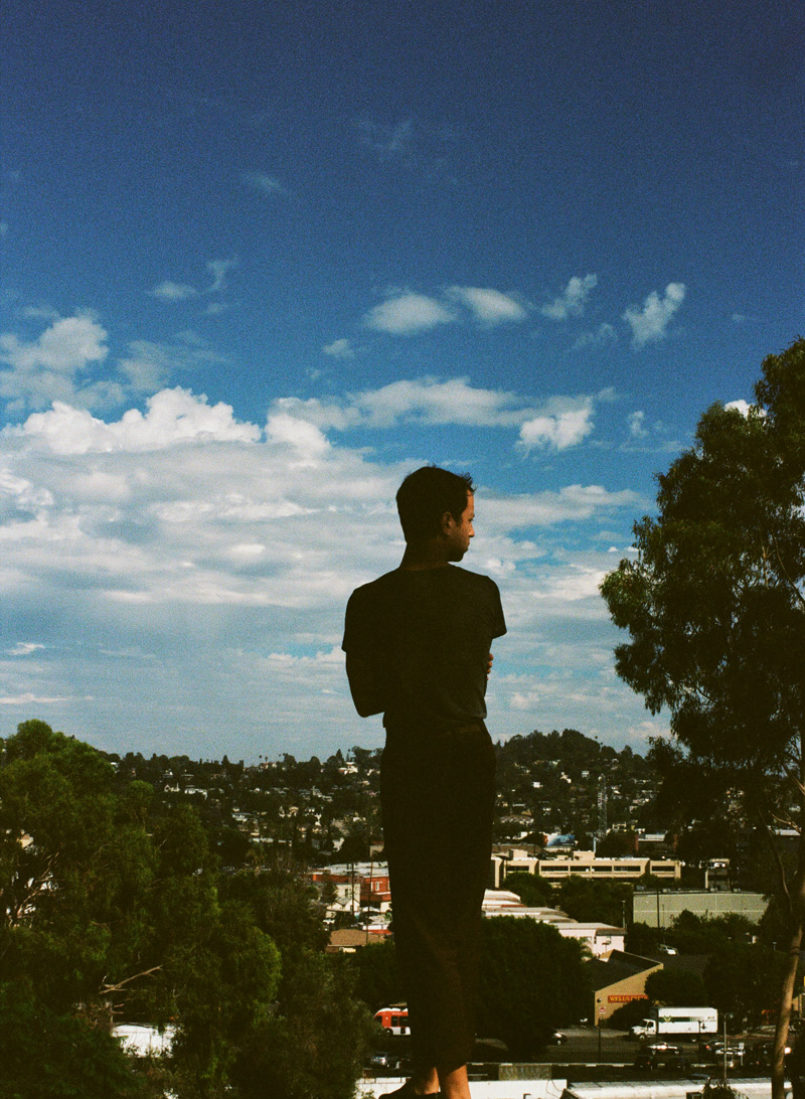
I was also wondering where you acquired some of these instruments? A few them seem rather obscure.
Some are possibly obscure in literal translation and some are actual antiquities. A combination of key pieces from the personal collections of my friend Josh, Samur, and myself. It’s truly just a lot of metal and wood, some stone and glass, and analog electronics. Constructed in various ways.
What is the meeting of the waters in the title a reference to?
It was a working title for the second piece on the album before I fully committed to choosing the full lists of instrumentation that remain now. There is essentially a concrete side and a natural side to each of the pieces with a strong inner visual. Reflecting that visual over and over started to lose a lot of meaning. So although it doesn’t serve the exact purpose of each piece it at least sets a surrounding for everything to be absorbed properly.
This album sounds wholly original to my ear, but I imagine there must have been musicians you listened to that inspired the album. Can you tell us about a few of them?
Any inspiration I have outside of theories and concepts would be so far removed from the outcome that it’s comical. I tend to not be thinking of other music when I’m composing, but constantly have the history of recorded music in my mind. Once it was finished I could start to draw comparisons, maybe trace to genesis (not the group), but while it’s happening I’m just not there. Even in hindsight, it’s hard to place. The penultimate piece probably sticks out the most as it has a translucent South East Asian ritualistic sense to it and that rhythm is what inspired the seemingly Indigenous American drums to the piece preceding it. But it’s not resembled in melody. Almost just in sound. Unfortunately, I’m probably not the right person to assess such things. I wanted to make a record for me, I wanted to make sure Cate approved of the paths it took (second opinion is key), and I wanted Samur to capture it properly (as he always does for me). These were truly my only inspirations.
